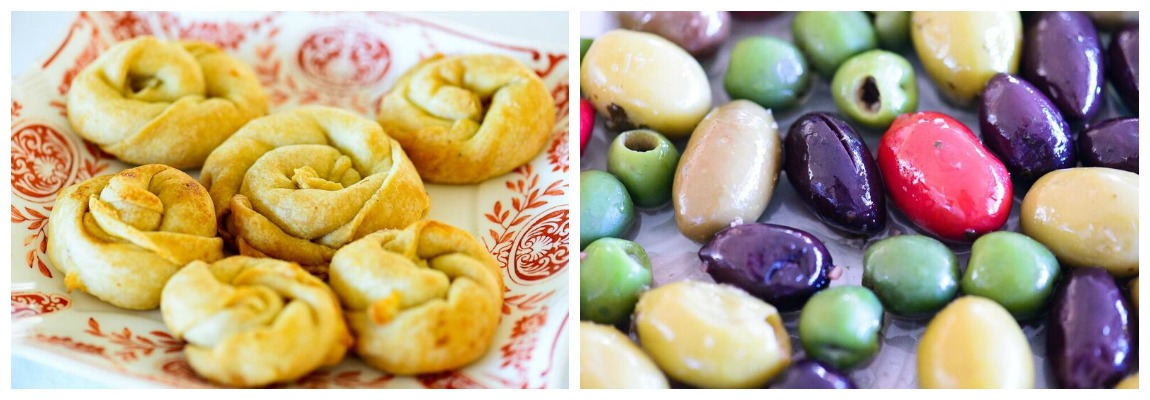When I read some of the place names in Australia out loud you would have thought I had difficulty reading - Perhaps I am to be forgiven given the strange names that often appear and have their origin in some of the aboriginal languages- there are many- and I would say all quite challenging for me. So it took me a while before I could get my tongue around Indooroopilly and Woolloongabba but they now roll off the tongue. The latter meaning "whirling waters" or "fight talk place" is the home of Brisbane Cricket ground known affectionately by everyone as the "Gabba".
I think Queensland seems to have its fair share of names based on Aboriginal languages which the whites readily adopted and then mispronounced in some cases.Then they added their own, often based on some of the personalities that played a part in early Australian history.
The towns of Bowen and Roma are named after the first Governor General of Queensland George Bowen and his wife Countess Diamantina di Roma.
The town of Calliope in northern Queensland was named after the ship of the same name which brought the Governor of New South Wales to Port Curtis in 1854.
Cooktown, also in northern Queensland, was the place where James Cook beached his ship the "Endeavour" in 1770.
While lots take their names from personalities and places in the UK some others seem homegrown in a very Aussie way.
Banana in central Queensland with a population of 627 was named after a bullock which was very helpful to the farmers in the area.
Blackbutt population 1000 was named after the Blackbutt tree ( eucalyptus pilularis) which is native to the area.
Wonglepong apparently meaning forgotten sands is strangely enough quite memorable.
Where the Aussie humour really comes through is when you come across place names like :
Come by Chance - a settlement which pastoralists came across by chance on their way elsewhere.
Humpybong meaning dead shelters signifying the huts left behind by the British when they settled further away in Brisbane.
There is a Mount Buggery in Victoria
And a Nowhere Else in Tasmania
Xantipee the only X in the place names was named after Socrates wife who was as hard as the granite in the area !
Whereas Yorkey's Knob was named after George Yorkey in the late 19th Century.
Humptydoo is a small township near Darwin famous for big boxing crocodiles.
Tittybong is in Victoria and clearly tittilates its visitors.
The imaginatively called Watchamacallit Dam is found in Southern Australia as is Bullshit Hill but New South Wales can proudly boast having Wankey Hill.
There is also another category of names which are quite prevalent here and they are the ones that betray the emotions of the people discovering the various areas.
So we have :
Deception Bay just up the road from us
Mount Disappointment in Victoria
Lake Muck in New South Wales and
Dismal Swamp in Tasmania
The best is reserved for last and that goes to the longest place name in Australia which is :
Mamungkukumpurangkuntjunya Hill !









































